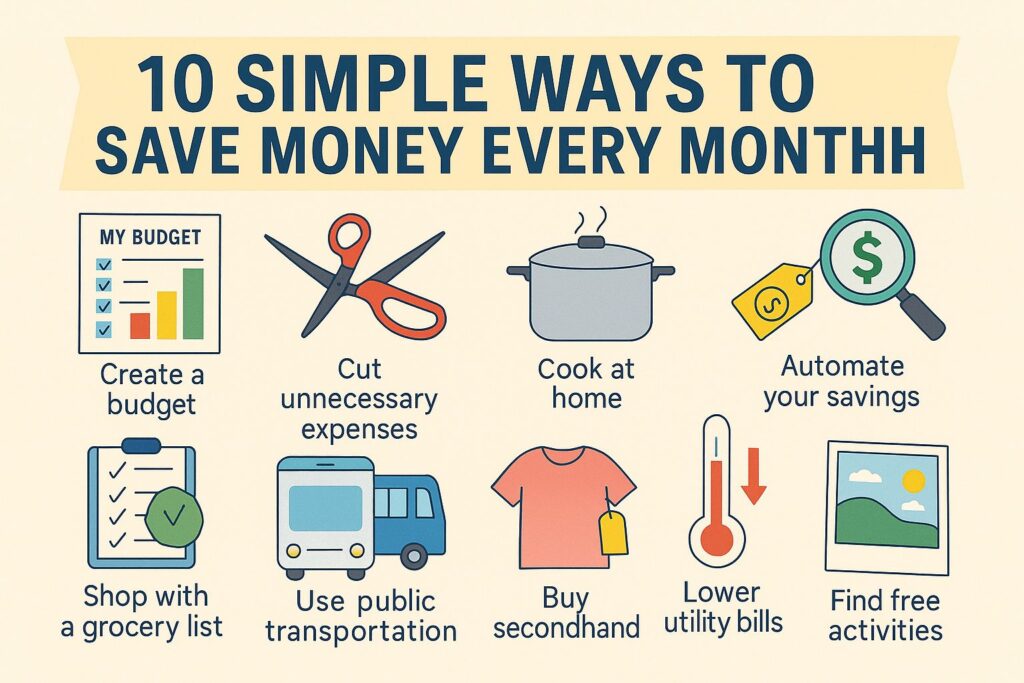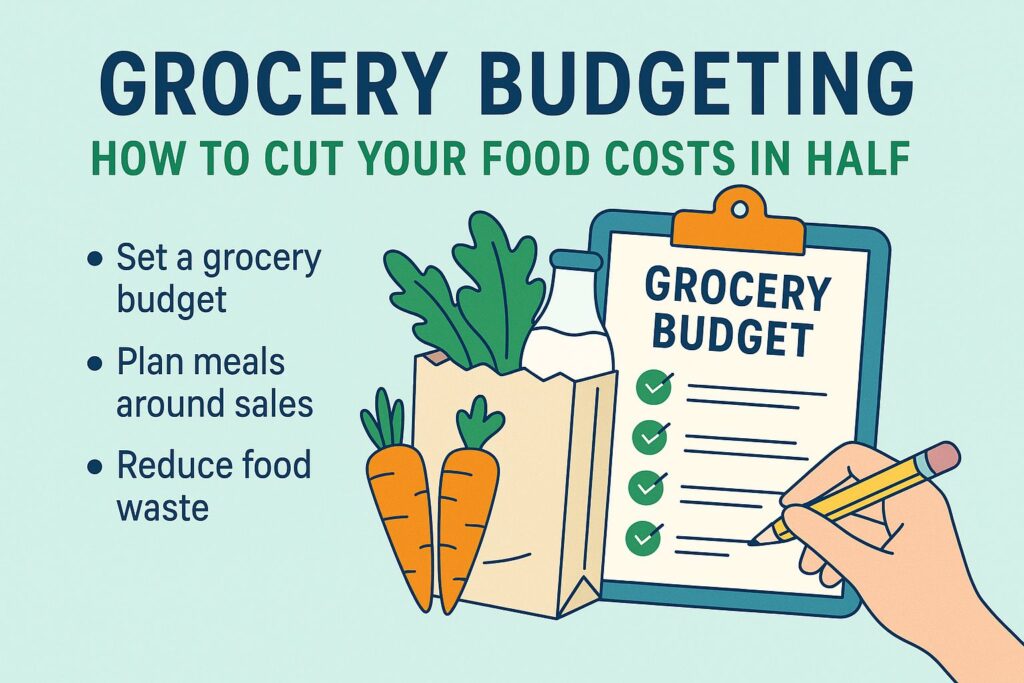Why You Need a Budget Reset Plan
In today’s fast paced world, it is easy to lose track of your spending and slip away from your financial goals. Whether it is unexpected expenses, lifestyle inflation, or simply a lack of planning, your budget can quickly go off track. That is where a Budget Reset Plan comes in. By dedicating just seven days to reviewing, adjusting, and improving your financial habits, you can create a strong foundation for saving more money and achieving your goals in 2025.
This 7-day approach is not just about cutting expenses it is about identifying priorities, eliminating waste, and building better habits that will last.
Day 1: Review Your Current Financial Situation
The first step in your Budget Reset Plan is to get a clear picture of your current finances. Start by listing your income sources and tracking all your expenses for the past month. Use budgeting apps, spreadsheets, or even a simple notebook. The goal here is awareness you cannot fix what you cannot see.
Look for patterns in your spending. Are you overspending on dining out? Is your subscription list too long? Identifying these areas will help you target changes over the next week.
Day 2: Set Clear Financial Goals
Now that you know where you stand, it is time to set realistic and measurable goals. Do you want to save $5,000 by the end of the year? Pay off a credit card? Build an emergency fund? Having a clear objective makes it easier to follow your Budget Reset Plan and stay motivated.
Write down your goals and break them into smaller, manageable milestones. For example, if your goal is to save $5,000 in 12 months, that means you need to save about $417 per month.
Day 3: Create a Realistic Budget
With your goals in place, design a budget that aligns with them. One effective method is the 50/30/20 rule allocate 50% of your income to needs, 30% to wants, and 20% to savings or debt repayment.
The Budget Reset Plan works best when your budget is realistic. If you set unrealistic spending limits, you are more likely to give up. Consider your lifestyle, fixed expenses, and priorities when setting categories.
Day 4: Identify and Cut Unnecessary Expenses
This is where you start seeing immediate results. Review your spending and eliminate costs that do not add value to your life. Cancel unused subscriptions, cook more at home instead of ordering takeout, and shop smarter by making grocery lists.
Even small cuts can make a big difference over time. The Budget Reset Plan focuses on removing the expenses that are silently draining your money while keeping the things you truly enjoy.
Day 5: Automate Your Savings
One of the easiest ways to stick to your plan is to make saving automatic. Set up an automatic transfer from your checking account to your savings account right after payday. This ensures you pay yourself first before you have the chance to spend.
Many people find that once saving is automated, they adapt to living on the remaining amount without feeling deprived. This simple strategy is a cornerstone of a successful Budget Reset Plan.
Day 6: Find Ways to Increase Your Income
Cutting expenses is important, but boosting your income accelerates progress. Explore side hustles, freelance work, or selling unused items online. Even an extra $100 per month can significantly improve your savings rate.
The Budget Reset Plan encourages a balanced approach trimming costs while seeking new income opportunities to reach your goals faster.
Day 7: Review, Adjust, and Plan Ahead
On the final day, review your progress and make adjustments where necessary. Did you stick to your budget? Were there unexpected expenses? Use this reflection to improve your plan for the coming weeks.
The key to long term success is consistency. A Budget Reset Plan is not just a one time challenge it is the foundation for ongoing financial health.
Long-Term Benefits of a Budget Reset Plan
• Better control over your money — You know exactly where it is going.
• Reduced financial stress — Planning removes uncertainty.
• Faster progress toward goals — Every decision aligns with your priorities.
• Improved savings habits — Small daily actions add up to big results.
By repeating a Budget Reset Plan every few months, you can keep your finances on track and avoid falling into old habits.
A 7-day Budget Reset Plan is a simple yet powerful way to regain control of your finances. In just one week, you can identify wasteful spending, set meaningful goals, create a realistic budget, and start saving more money.
The secret to success lies in action. The sooner you start, the sooner you will see results. Whether your goal is to pay off debt, save for a big purchase, or simply build financial security, this plan provides a clear and achievable path forward.
Provides updated U.S. consumer spending trends and budget categories.https://www.bls.gov/cex/
Another article you can read in the Budget and Saving category.https://groviest.com/52-week-savings-plan-this-year/


